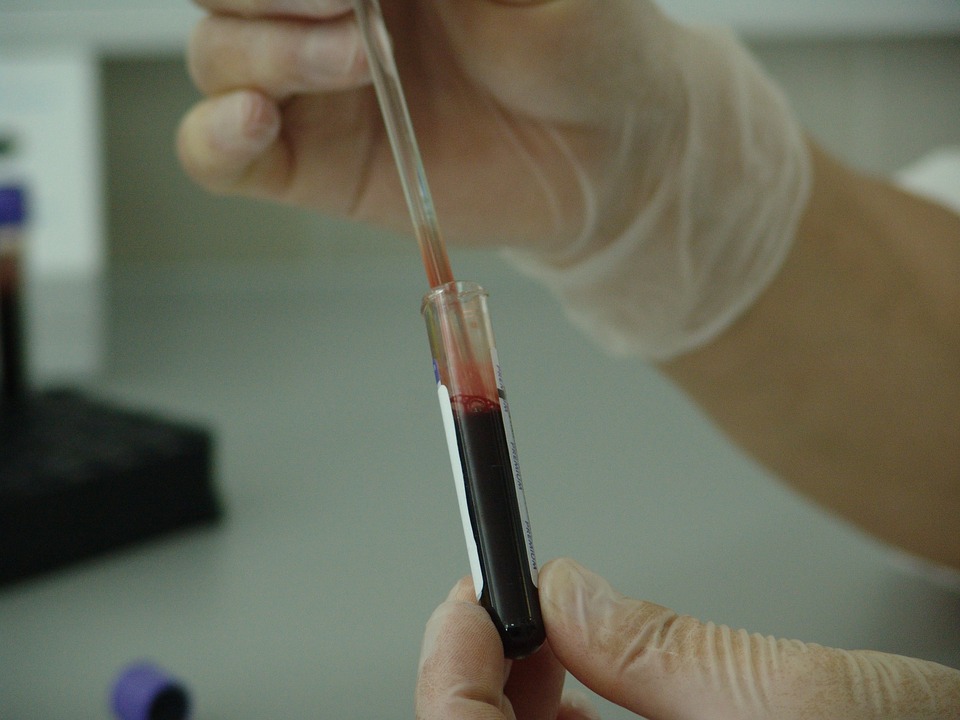Pain is an uncomfortable sensation that most of us have experienced.
However, did you know that some people cannot feel pain? Did you also know that there are people who can undergo operations without anaesthetic? And, no, I am not cooking up a story. It is indeed true. But, rather than being a superpower, this is an incurable illness.
Did you ever heard of “CIPA” or “Congenital insensitivity to pain and anhydrosis”?
Definition
CIPA refers to a rare hereditary disease that affects about 1 in 25,000 and is defined by two distinct characteristics: the inability to feel pain and temperature, and an inability to sweat. This disease, which is a disorder of the nervous system, forms part of the hereditary sensory and autonomic neuropathy (HSAN) and is also known as HSAN IV.
It is seen that only one person in a population can be born with this condition.
Signs and Symptoms
CIPA is present at birth, and its symptoms start appearing during childhood itself.
Absence of Feeling of Pain:
If your child is not Ajax, the fictional supervillain of Deadpool and does not complain or cry when faced with injuries, then you need to figure out what’s wrong as soon as possible.
For example, during his research, when Dr Yashuhiro Indo put a needle into a newborn baby’s heel, the latter did not cry at all. This lack of pain does not make a person with CIPA a superhero but rather at a greater risk of unintentional self-injury. Unexpected and habitual self-injuries such as biting the tongue, nails or fingers may be seen by some as everyday things but represent a high risk of amputation for CIPA patients. The inability to feel pain leads to an increase in repeated severe injuries which can lead to bone and joint problems.
Furthermore, due to an absence of corneal reflexes, some CIPA patients are at risk of getting corneal ulceration which is caused by an infection and where there is an open sore on the cornea of the human eye. For instance, 27 % of CIPA patients were also diagnosed with corneal ulcers. Additionally, unlike ordinary people, their wounds heal at a much slower rate.
Absence of Sweating:
The term anhydrosis in the word CIPA means the inability to sweat. Generally, sweat is critical as it regulates our body temperature and enables the surface of our skin to cool. However, due to a lack of sweat in CIPA patients, their body temperature cannot be controlled and they tend to suffer from high fevers as their bodies do not have the ‘cooling-off’ protection system.
Causes
CIPA is a hereditary disease which means it runs in the family. However, it is also an autosomal recessive disease which means that to be diagnosed with CIPA, the person has to inherit the genes from both the mother and the father.
The gene which leads to this disease is called the NTRK1 which provides necessary instructions to the human body for the development and survival of nerve cells. Nerve cells are the cells which transmit signals of pain, heat and cold to the brain.
The CIPA disease is created when there is a genetic mutation in the NTRK1 which prevents the growth of nerve cells. Hence, the mutation leads to many defects in the performance of the sensory nervous system’s reception where the nerves do not function appropriately and are unable to sense messages about pain, temperature and sweat.
Diagnosis

It is not easy to diagnose a person with CIPA as there are no such X-ray or blood tests that can be carried out to identify this disease. However, it can be confirmed with genetic testing. Moreover, the disease is more likely in people who have fragile nerves and aplasia of sweat glands.
Treatments
Unfortunately, there are no current treatments which can combat and cure CIPA patients. There are also no treatments which can give patients the ability to sense pain and to get sweaty.
Patients are only asked to take lots of precaution against injuries and infections. For instance, children with this disease are taught how to avoid and monitor injuries and their parents take great care in looking after them.
Cases
There have been many cases of people who have been diagnosed with this disease that has surfaced on the media over the ages.
Kurth, a young boy from Pakistan, attracted many scientists from around the world due to his reputation as a street performer in his neighbourhood, where his act constituted of walking on hot coals and stabbing knives into his arms without feeling any pain. However, when he could no longer bear the curse of not feeling pain, the teenager jumped from the roof of a building.
Another case is Stefan Betz, 21 -year -old boy who has the CIPA disease and who claims that he would have loved to feel what pain is like. Meanwhile, Ashlyn Blocker is a girl who also suffers from CIPA since her infancy and she has the dream of building up a camp for people like her.
How did you feel when reading this? Now, do you feel relieved knowing that you can feel pain? Please share your opinions with us!


